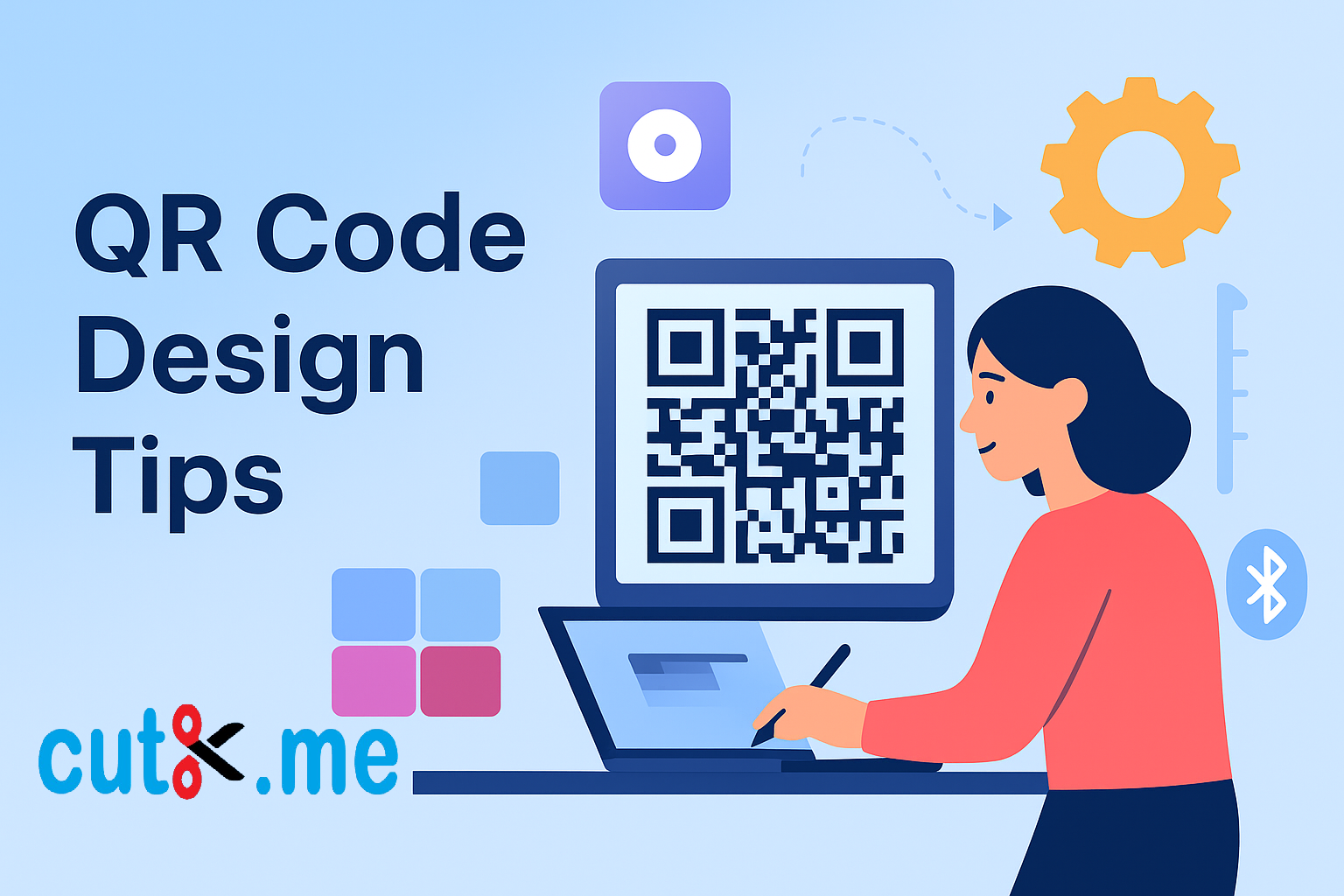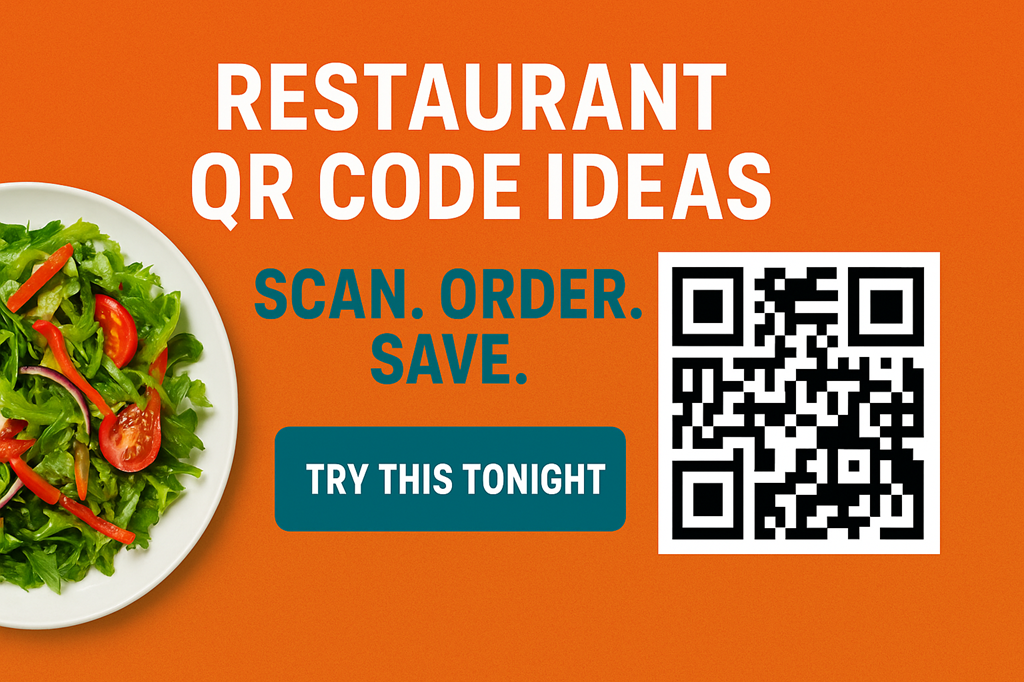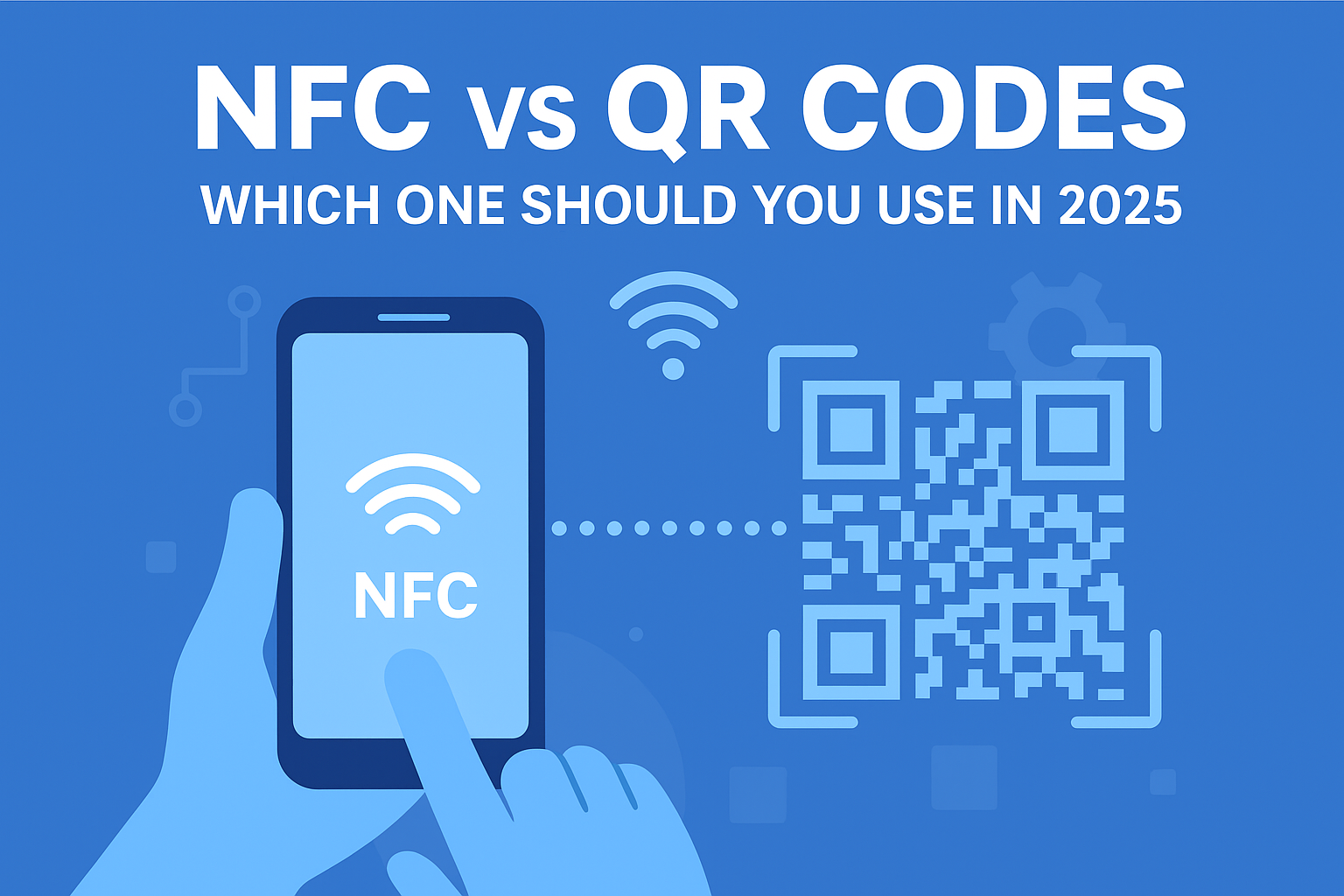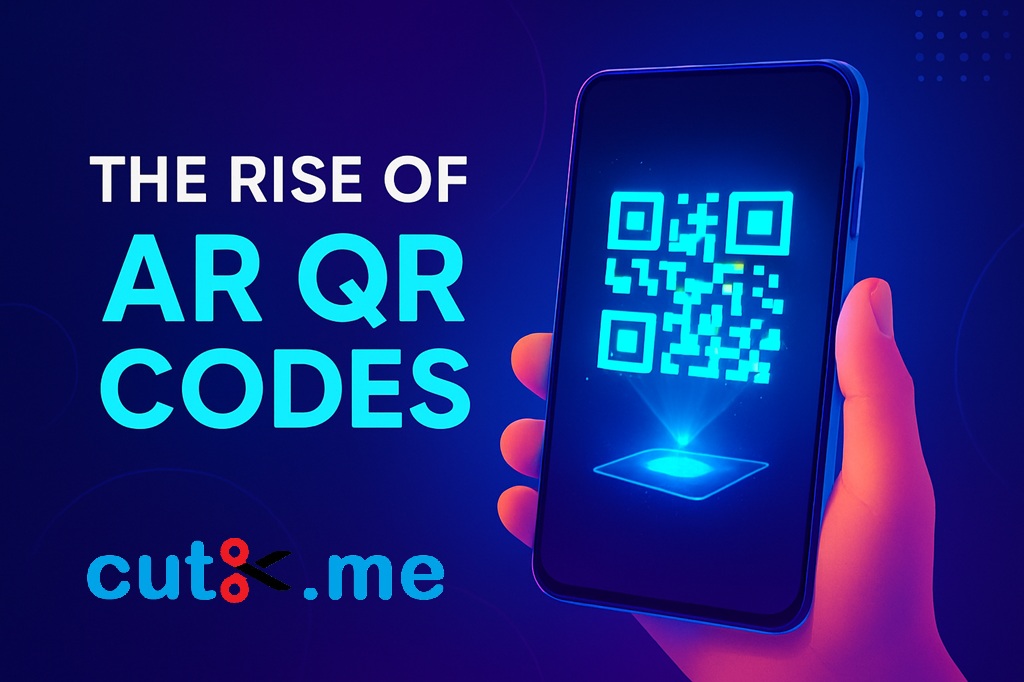
Best Practices for QR Code Design: How to Create Codes That Actually Work
In the modern digital world, QR codes have become a bridge between offline and online experiences. Whether it’s for marketing, payments, or product packaging, your QR code’s design plays a crucial role in engagement. Following smart QR code design tips ensures your audience scans them with ease — and trusts your brand.
Why QR Code Design Matters
Your QR code isn’t just a random black-and-white pattern. It’s a visual call-to-action that invites users to engage. A poorly designed QR code may not scan properly or may look unprofessional. On the other hand, a clean and creative design increases scan rates, brand recognition, and user trust.
When people see a stylish, branded QR code, they’re more likely to scan it. This is where good design meets functionality.
1. Start with a Clear Purpose
Before you even design, decide what action you want users to take. Is it visiting a landing page, following on social media, or accessing an offer? Once you define your goal, you can design your QR code accordingly.
A code made for a product label should look different from one used in an ad campaign.
2. Maintain Proper Contrast
One of the most important QR code design tips is to maintain strong color contrast between the foreground and background.
A dark pattern on a light background ensures scanners detect the code easily.
Avoid using colors that blend, like red-on-orange or gray-on-black. Keep it simple but striking.
3. Use Custom Colors Wisely
Adding your brand colors can make the QR code look professional and consistent. However, use colors that don’t interfere with readability.
For example, a blue logo-centered QR code looks stylish — but ensure that the main code pattern remains dark enough for scanning.
4. Add a Logo for Branding
Including your brand logo in the center of your QR code boosts recognition. It gives users confidence that the code leads to a trusted source.
Make sure your logo doesn’t block the scanning zones. Tools like CutX.me’s QR Code Generator allow you to add logos safely while keeping codes fully functional.
5. Keep a Safe Quiet Zone
A quiet zone is the blank space surrounding your QR code. It helps scanners identify where the code starts and ends.
If you skip it, scanning errors can occur. Always leave a margin of at least 4 modules around your QR code to ensure reliable performance.
6. Avoid Over complicated Designs
Too much creativity can hurt. If your QR code looks cluttered or overly artistic, scanners might struggle.
Keep the design clean, balanced, and minimal. Simplicity equals better scan success and faster recognition.
7. Optimize Size for Print and Screen
Whether it’s on a billboard, flyer, or website, your QR code should be large enough to scan easily.
A good rule is to make it at least 2 cm x 2 cm for print materials.
For digital screens, test the code’s readability at different zoom levels before publishing.
8. Test Before Publishing
Never assume your design works — test it across multiple devices and scanners.
Try scanning it with Android, iPhone, and tablet devices. Make sure lighting conditions and distances don’t affect readability.
9. Track and Analyze Performance
Design isn’t the final step — performance tracking is. Use dynamic QR codes to monitor how often and where your codes are scanned.
This helps you measure engagement and optimize future campaigns effectively.
10. Make It Contextual
The placement and purpose of your QR code affect how people interact with it.
For example, a QR code on restaurant menus should lead to digital menus, while one on a business card might lead to a personal portfolio.
The context defines the design.
11. Don’t Stretch or Distort
Never resize your QR code disproportionately. If it gets stretched, scanners may fail to detect it.
Always maintain the square aspect ratio to ensure accurate scanning.
12. Add a Call to Action (CTA)
Adding a small text like “Scan to Get Offer” or “View Menu” improves scan rates.
People are more likely to engage when they know what to expect.
Keep your CTA short, clear, and action-driven.
13. Ensure High Resolution
A low-quality image can ruin even the most creative QR design. Always export your code in SVG or PNG format with high resolution.
This ensures it looks sharp on every surface — from business cards to billboards.
14. Use Shapes Creatively
Instead of plain square dots, you can experiment with rounded corners or unique eye shapes.
Just make sure it doesn’t affect scanning efficiency. Stylish customization can make your QR stand out while maintaining usability.
15. Stay Consistent with Brand Identity
Your QR code should represent your brand.
Use consistent fonts, colors, and logo placement that match your other marketing materials.
A cohesive look increases brand recall and trust.
16. Include Error Correction
Most modern QR codes have error correction built-in. This allows scanning even if a small part of the code is damaged.
When adding logos or decorations, set error correction to at least Level Q or H for reliable performance.
17. Consider Environment and Material
When printing, think about the material and surface.
Glossy or reflective surfaces can make scanning difficult.
Use matte finishes or textured backgrounds for better results.
18. Use Dynamic QR Codes
Dynamic QR codes let you change the destination URL later without reprinting the code.
They’re ideal for businesses that frequently update offers or campaigns.
Plus, they allow tracking, which helps measure effectiveness.
19. Enhance Accessibility
Not everyone can easily scan a code. Add a short URL below your QR code as a backup option.
This ensures everyone can access your content, even if their camera doesn’t work properly.
20. Stay Updated with Trends
QR code technology is evolving. Stay informed about the latest design trends, scanner technologies, and color contrast standards.
Innovation keeps your designs modern, engaging, and effective.
Conclusion
Smart and strategic QR code design can make or break your marketing efforts. By applying these QR code design tips, you ensure your codes look great, scan perfectly, and deliver real value.
To create professional and trackable QR codes easily, try using CutX.me— a secure and intelligent platform that helps you build branded QR codes, shorten URLs, and monitor engagement efficiently.
FAQs
1. Why is QR code design important?
It helps your code look professional, boosts trust, and improves scan rates by ensuring functionality and brand alignment.
2. Can I change my QR code design after printing?
If it’s a dynamic QR code, yes. You can update the link or design without reprinting.
3. What is the best color for a QR code?
Dark foreground with a light background provides the best scanning results.
4. How big should a QR code be for print materials?
At least 2 cm x 2 cm is recommended for clear scanning.
5. Can QR codes include a logo?
Yes, but make sure it doesn’t block key scanning areas and use error correction to maintain readability.




